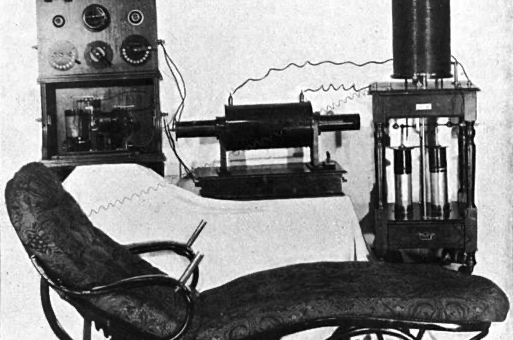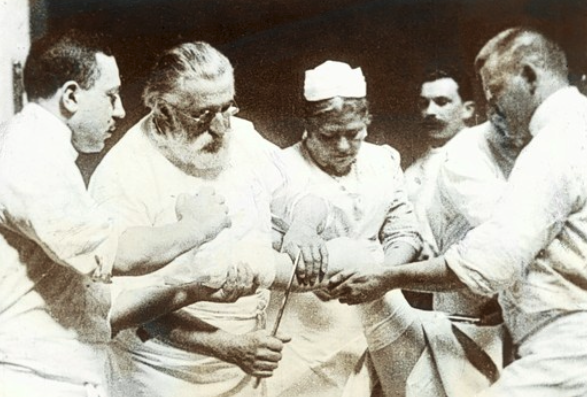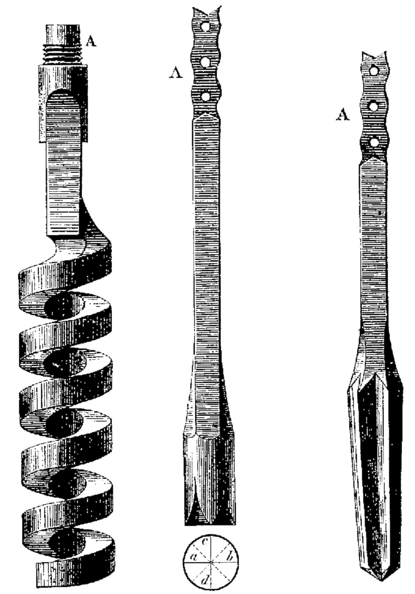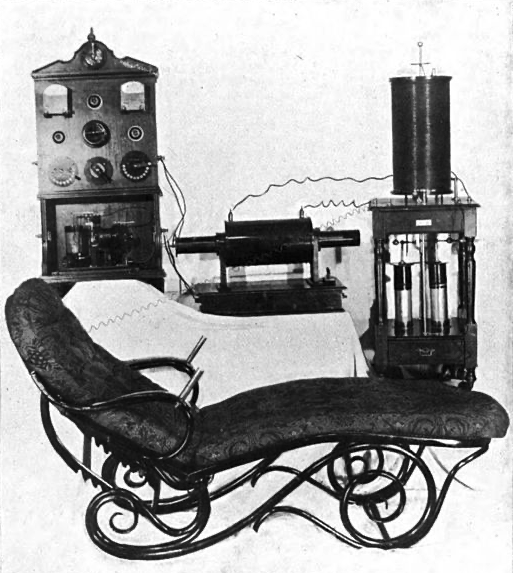
Victorian England saw medical practices that might seem barbaric or terrifying by today’s standards, largely due to the limited understanding of disease and the lack of modern technology.
Here are a few examples that will give any sane person nightmares.

1. Amputation Without Anesthesia
While anesthesia was discovered in the 19th century, its use wasn’t widespread until later. Many surgeries, including amputations, were performed without any form of pain relief.
Patients often had to be restrained during these procedures due to the excruciating pain.
2. Trepanation
Trepanation, the act of drilling or scraping a hole into the skull, was performed for various reasons, including to treat head injuries, relieve pressure from swelling in the brain, or even as a supposed treatment for mental illness.
The procedure was performed without anesthesia and carried significant risks of infection and death.

3. Bloodletting
Bloodletting was a common medical practice throughout history, including during the Victorian era. It was believed that removing blood from the body could rebalance the body’s humors and treat various ailments.
However, excessive blood loss often led to weakness, anemia, and sometimes death.
4. Use of Toxic Substances
Many medications and treatments in Victorian medicine contained toxic substances.
For example, mercury was used to treat syphilis, despite its harmful effects on the body. Other substances like arsenic and lead were also used in medical treatments, often causing more harm than good.

5. Electric Shock Therapy
While electricity was becoming more understood during the Victorian era, its application in medicine was often crude and dangerous.
Electric shock therapy was sometimes used to treat various conditions, including mental illness, but the lack of regulation and understanding of dosage could result in severe injury or death.
6. Asylums and Institutionalization
The treatment of mental illness in Victorian England was often deplorable. Patients in asylums were subjected to harsh conditions, including overcrowding, neglect, and abuse.
Treatments such as confinement, restraint, and isolation were common, further exacerbating patients’ suffering.

